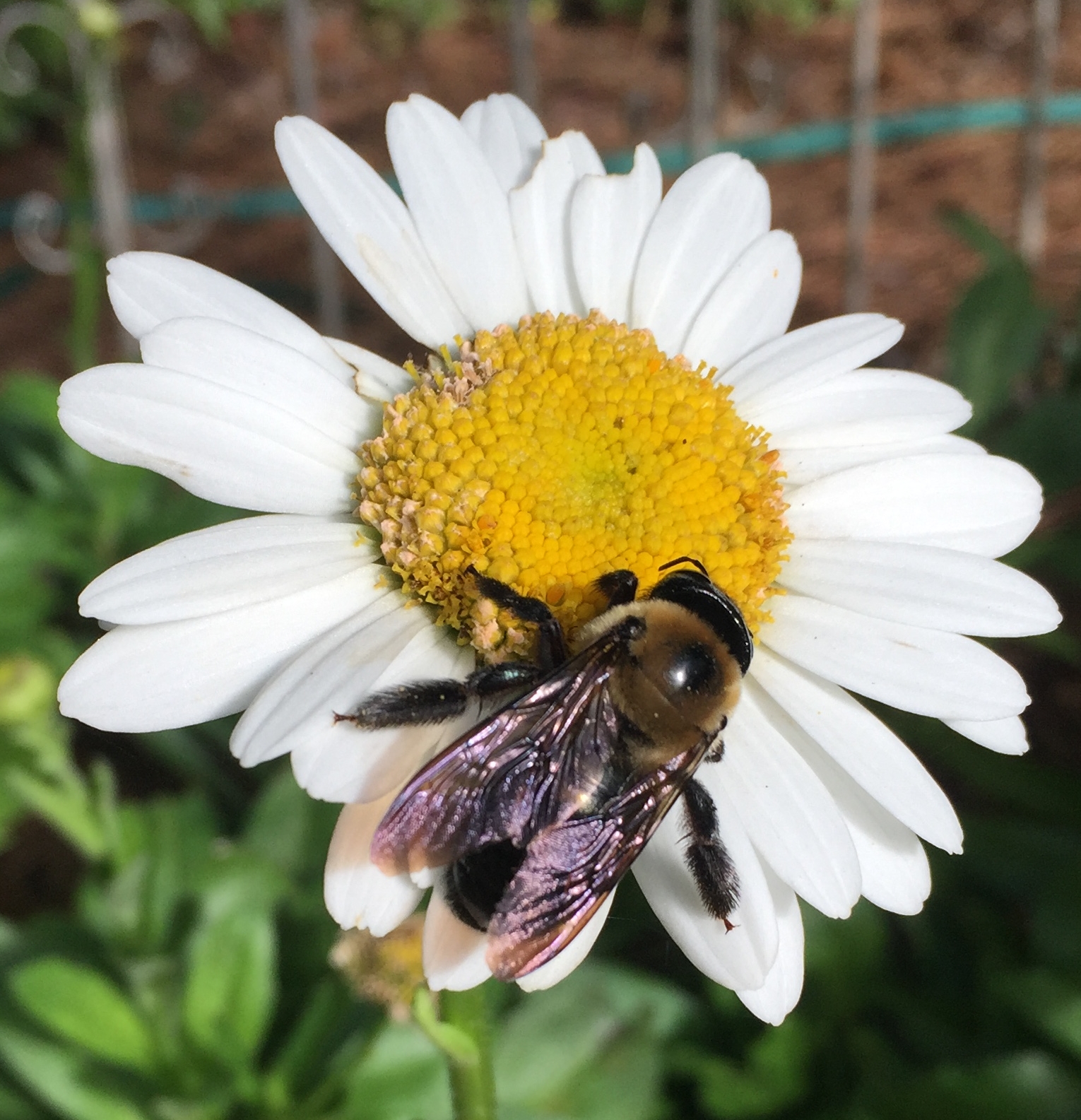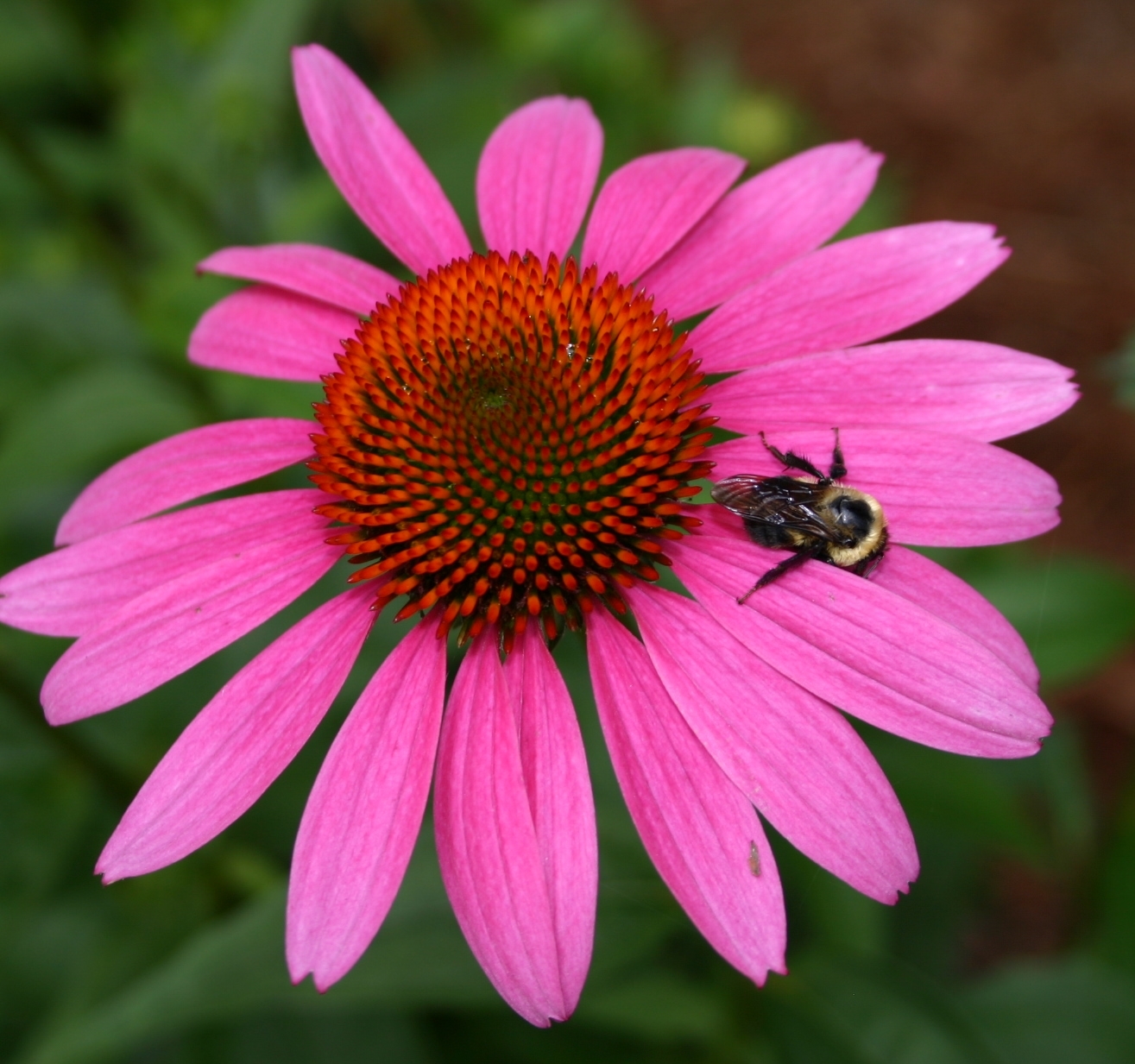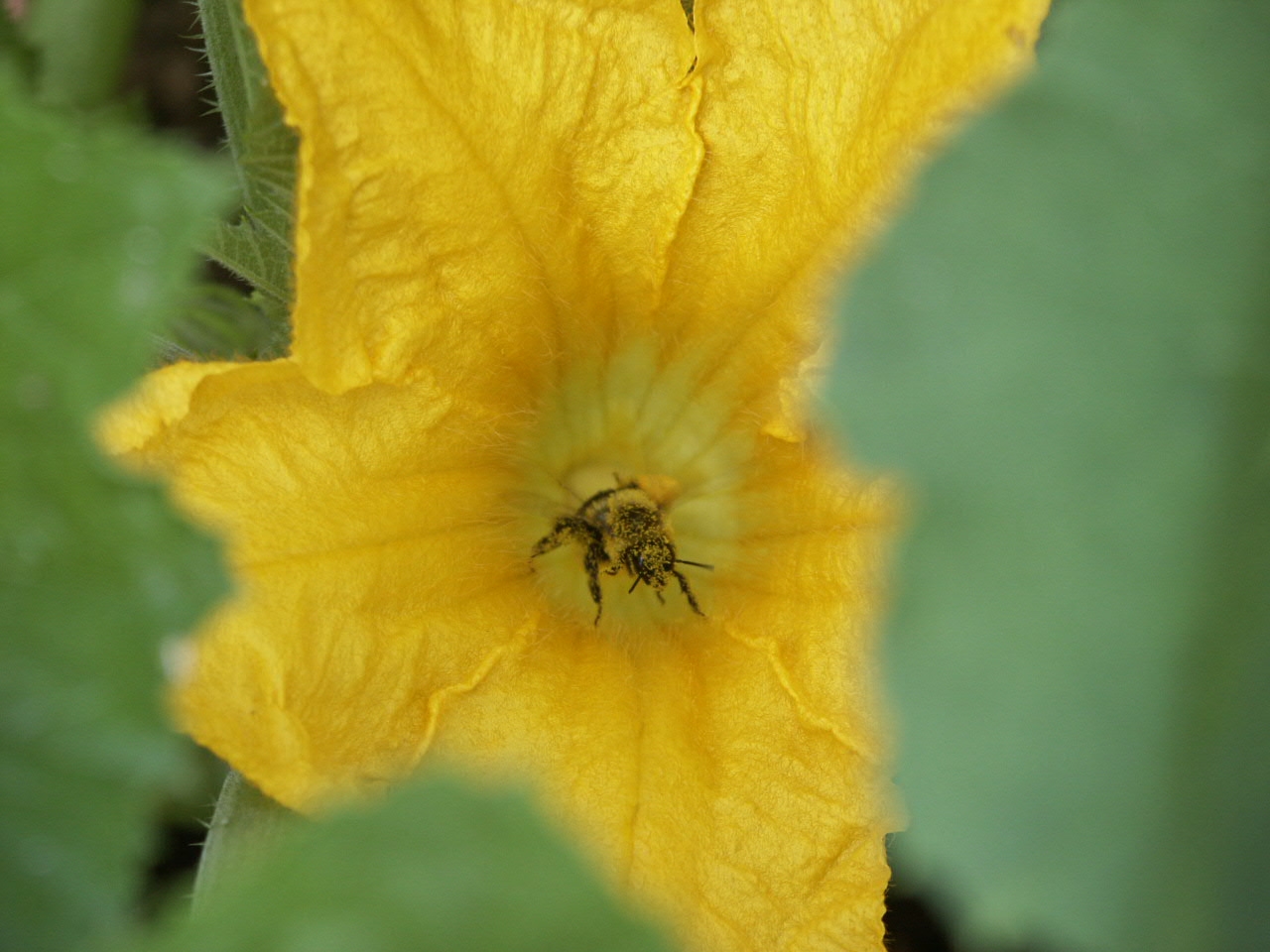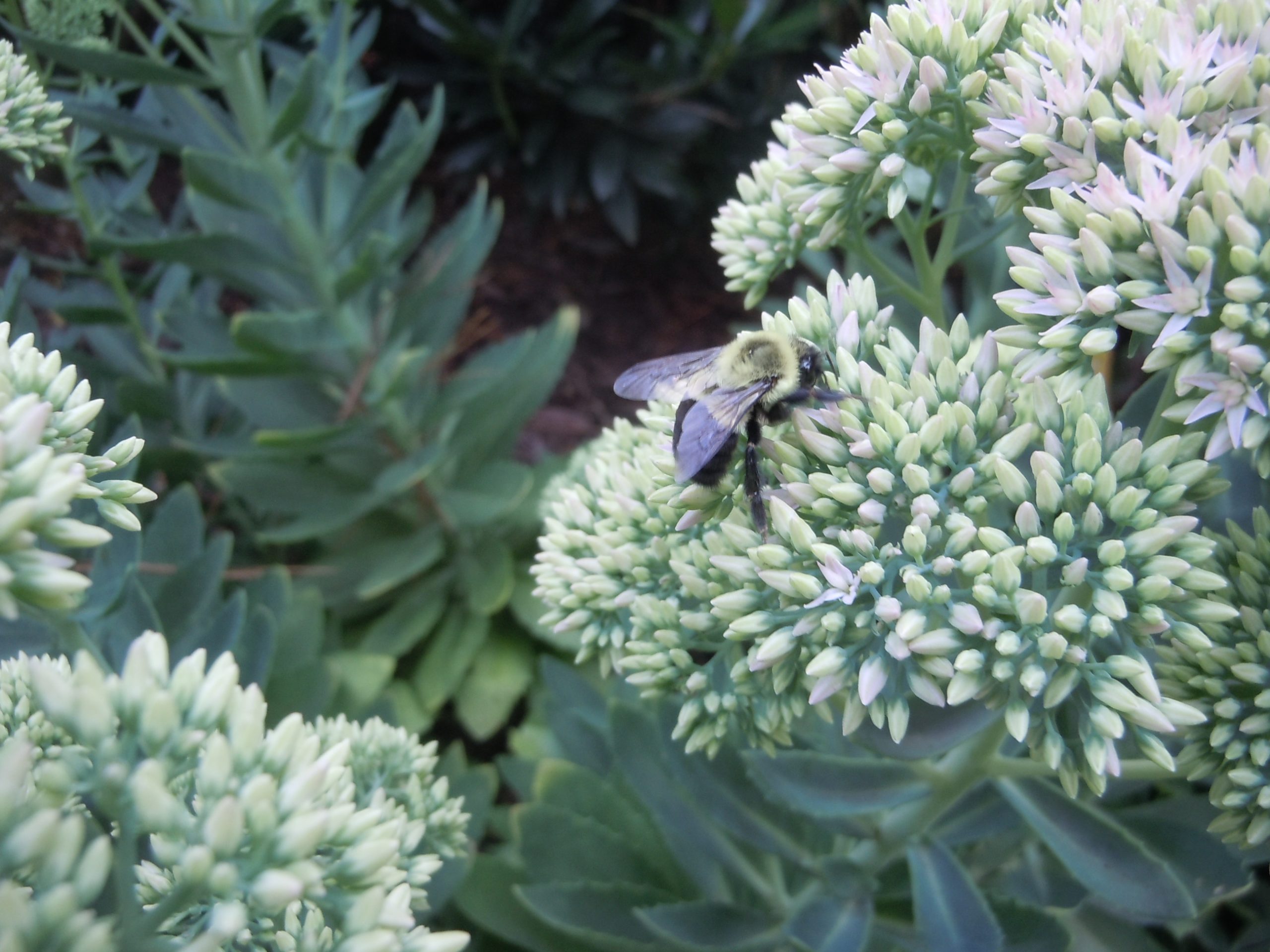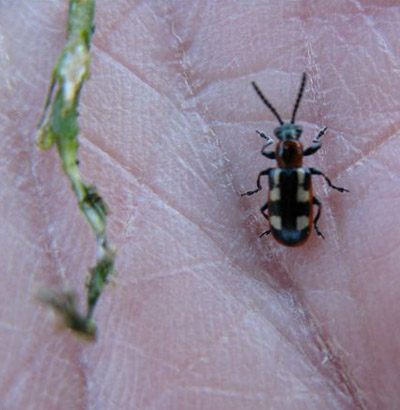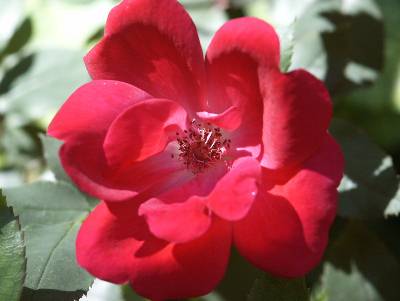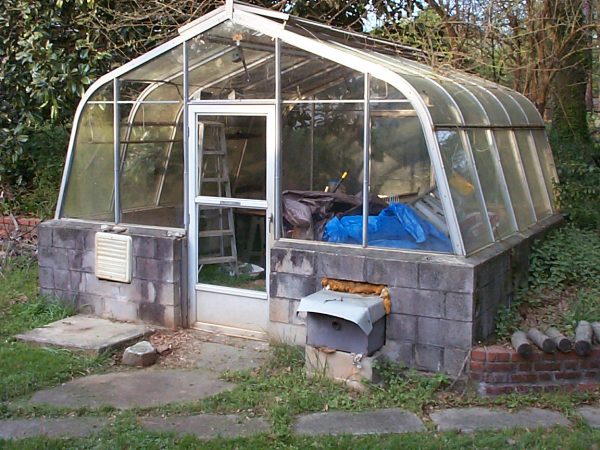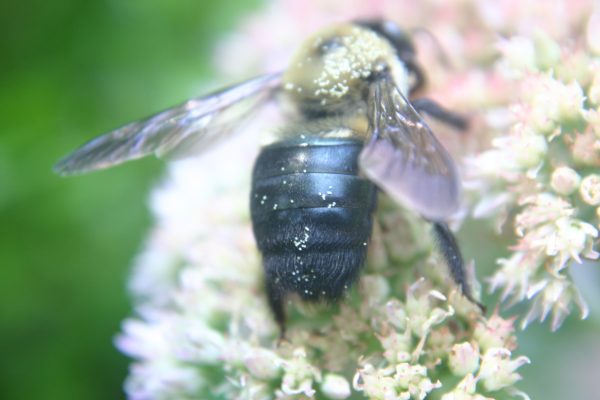Plants for Pollinators
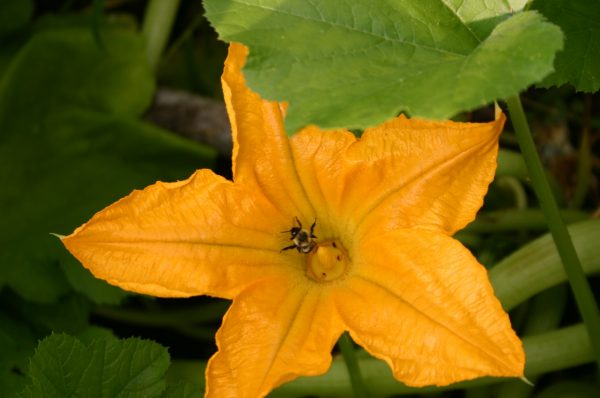
Many landscape plants depend on bees and other insects to move pollen from flower to flower. The insects don’t realize they are pollinating the plants they visit – they’re just looking for nectar in the flowers. You can help the flowering plants in your neighborhood by planting a pollinator-friendly flower garden. Bumblebees, solitary bees, pollinating wasps and other insects will try to fill in for honeybees.
POLLINATOR-FRIENDLY PLANTS
Growing the common plants listed below insures that something is blooming for your pollinators each month of the year. Also study the plants listed in the links below.
January – Giant Red mustard
February: redbud
March: Carolina jessamine, flowering cherry
April: ajuga, crimson clover, apple, holly, thrift, abelia, crabapple, ‘Winter King’ hawthorn, ‘Foster’ holly
May: ‘Schip’ laurel, ‘Otto Leuyken’ laurel, annual salvia, veronica, Virginia sweetspire, yarrow, scabiosa, lavender, evening primrose, dill, coreopsis, serviceberry, abelia
June: nandina, perennial salvia, agastache, rattlesnake master (Eryngium yuccifolium), cosmos, fothergilla, elderberry, plain (not double) zinnia, coneflower, Shasta daisy, bottlebrush buckeye, St. John’s Wort, winterberry holly
July: bee balm, chaste tree, sunflower, phlox, dill, fennell, clerodendrum, catmint, liatris, panicle hydrangea
August: Verbena bonariensis, butterfly bush, glossy abelia, Mexican sage, joe-pye weed, goldenrod, alyssum
September: butterfly weed, mountain mint, goldenrod, osmanthus
October: Salvia guaranitica, pineapple sage, sedum
November: aster
MORE INFORMATION
Plants for Pollinators in the Southeast
Plants, Habitat, and Gardens for Pollinators
Native Bees of Georgia Identification
Creating Pollinator Nesting Boxes
